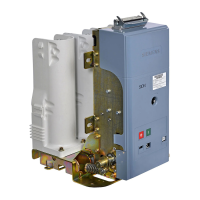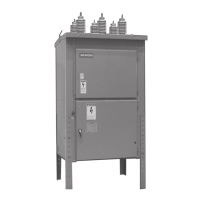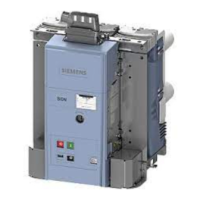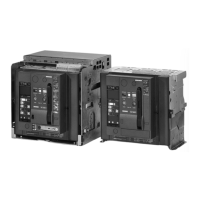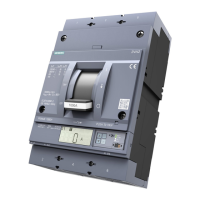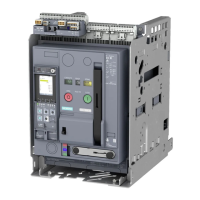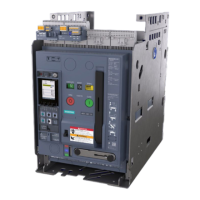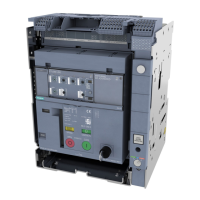What to do if Siemens Circuit breakers will not trip?
- BBrenda LopezAug 1, 2025
If your Siemens Circuit breaker won't trip, here are a few things to check: * Make sure the secondary control power is energized and the control power fuses are intact. * Inspect wiring, terminals, and connectors for any damage and repair if needed. * Verify there's a tripping signal to secondary disconnect contact 1, checking for continuity and correcting relay logic. * Ensure secondary disconnect contacts 1 or 2 are properly engaging; replace if necessary. * Check the trip coil (52T) and replace it if it has failed. * Confirm that auxiliary switch NO contacts 1-2 or 5-6 are not open when the breaker is closed; adjust or replace the linkage and switch as needed.


